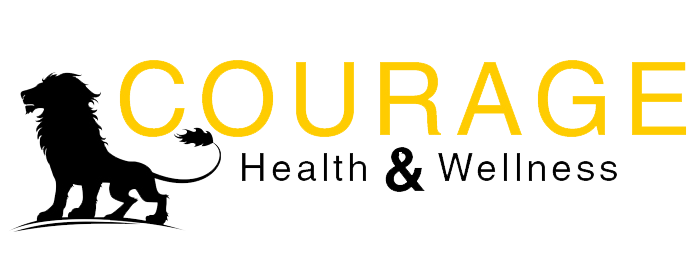HOW TO TRAIN YOUR MIND TO LOWER ANXIETY

By: couragehw
Categories:
HOW TO TRAIN YOUR MIND TO LOWER ANXIETY
APRIL 29, 2020
Practice research-tested ways of thinking that serve you well.
By: Seth J. Gillihan Ph.D.
Posted Apr 29, 2020

Source: Prostock Studio/Adobe Stock
Your mind can be a powerful ally or a formidable foe, especially during these stressful times. The simple practices of mindfulness-centered cognitive behavioral therapy (CBT) can help you train your thoughts to serve you well.
If you pay attention to what your mind is up to, you’ll notice that it’s constantly telling you stories. For example, you might have the thought, “If I get sick with the coronavirus, I’ll end up on a ventilator.” Obviously that’s just a story that the mind makes up, because none of us can predict how our bodies will respond to the virus. Some of those at highest risk for complications have ended up with relatively mild cases, while previously healthy people have died.
Most of the time you probably don’t recognize such thoughts as stories, though, which is one of the mind’s greatest tricks. Scary thoughts like the example above can feel like direct observations of something that’s true, rather than the made-up stories they are. So the first step in training your mind to serve you well is to recognize the stories it’s telling you.
A big part of what makes it hard to identify our anxious thoughts is that we’re often lost in them and completely focused on the future. After all, anxiety is about the future, so that’s where our thoughts pull our attention. Practice in mindfulness can be a crucial part of starting to recognize the mind’s stories because it brings our awareness back to what’s happening at this very moment. Rather than focusing on the scary predictions our thoughts are making, we can recognize that we’re having thoughts.As a result, we’re better able to hear what we’re telling ourselves.
Mindfulness practice also helps us to gain some distance from our thoughts, instead of being 100 percent identified with them. When we’re less identified with our thoughts, we can see them as separate from us, and it’s easier to realize that they’re not necessarily true.
STEP 1: SETTLE INTO THE PRESENT
Here’s a simple practice for stepping into the present with mindful awareness when you’re feeling anxious or agitated:
- Sit comfortably in a quiet place. Let your eyes close.
- Draw a slow breath into your lungs for a count of four, pause briefly, and exhale for a count of eight.
- As you breathe, feel your shoulders drop and your weight press into your chair.
- It’s perfectly normal for your mind to keep producing thoughts during this exercise, so you don’t have to try to stop thinking. Let the mind do what it does while you attend to the body and the breath.
- Repeat for three to five inbreaths and outbreaths.
STEP 2: IDENTIFY YOUR THOUGHTS
Next, notice what thoughts your mind is telling you. Is it saying you’re going to fail, for example? That bad things are going to happen? That you won’t be able to cope with it? Whatever the story, identify it and write it down. The writing down part is important. Don’t skip this step: There’s something about getting the thoughts literally out of your head and onto paper that helps you deal with them more objectively.Try this exercise when you’re having a hard time dealing with anxiety (adapted from The CBT Deck):
- When you experience a surge in anxiety, stop and ask yourself, “What thought just went through my mind?” Most likely the anxiety you feel makes sense, given the thought you had.
- Aim to do this three times throughout the day to gain practice in identifying thoughts that drive anxiety.
STEP 3: RECOGNIZE THE ALTERNATIVES
Finally, recognize that there are other ways of seeing the situation. For the example of needing a ventilator, an alternative story is, “I might develop a mild case and recover without complication.” Notice how different you might feel if you believed the alternative story instead of the initial automatic one—probably a lot less anxious.
Bear in mind that you don’t have to make yourself believe the alternative. Besides, you probably can’t convince yourself anyway. None of us can see the future, so we can’t say how things would go if we developed COVID-19. But just recognizing that our anxious thoughts aren’t necessarily true can help to loosen their grip.
Here’s a summary of the basic approach:
- Step 1: Settle into the Present
- Step 2: Identify Your Thoughts (and write them down)
- Step 3: Recognize the Alternatives
If you’re dealing with high anxiety levels, look for opportunities to practice this approach, starting today. When we recognize mistakes in our thinking, we have a better chance of seeing through unhelpful thoughts and moving toward more adaptive ones.
